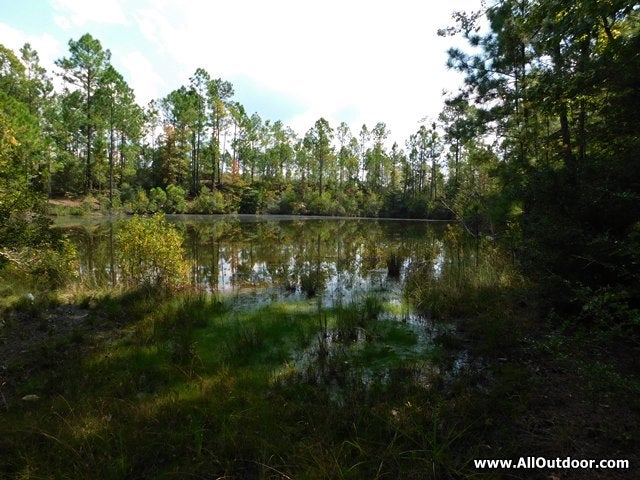Rural Pond as a Bugout Location
Kevin Felts 09.29.17

In rural areas all over the nation are small manmade ponds. They may have been dug as sources for dirt, or for rocks needed at a local construction site.
For example, when B.A. Steinhagen was being built, rocks for a road across the lake were mined from an area 30 miles away.
In the early 1900s when sawmills were clearcutting the southern United States, when the company needed dirt or rocks, it was taken from the local area. The ability to transport a massive amount of rock and dirt had not been developed.
These rural ponds offer recreational activities to locals, such as swimming and fishing. They also offer survivalists a unique bugout location. In the event of a full collapse, these rural ponds could provide water, isolation, and limited fishing.
If someone tried to live off the fish and turtles in the pond, resources would be depleted quickly.
How would fish get to a pond that is cut off from other water sources? Locals stock the ponds for recreational fishing. Where do the fish used in stocking come from? They are caught at nearby lakes.
Also, birds may spread eggs (roe) as they travel from pond to pond.
Since these ponds are in rural areas, you have:
- Hunting.
- Trapping.
- Isolation.
- Fishing.
- Water.
- Trees for raw materials.
Now for a video.

Depending on the depth of the pond, it may or may not be connected to the water table. If the pond is tapped into the water table, there is a chance it may never go dry.
The pond in the above video stays at a constant level, regardless of rainfall.
The following question was posted on the YouTube, and I feel it is a valid concern.
Wouldn’t you be worried about mosquitoes carrying diseases constantly trying to get at you?
Minnows eat mosquito larvae, so minnows would help keep the mosquito population under control. The real issue for mosquitoes would be small pools of standing water near the pond.
Take the Asian Tiger Mosquito for example. It has a short flight range of less than 200 meters (600 feet). If small pools of water outside the pond are eliminated (filled in), then mosquitoes have no place to lay their larvae.
- If the larvae are laid in the pond, minnows will eat them.
- Perch eat the minnows.
- You eat the perch.
To the reader, do you know of any small ponds in rural areas? How would you those utilize ponds in the event of a collapse?